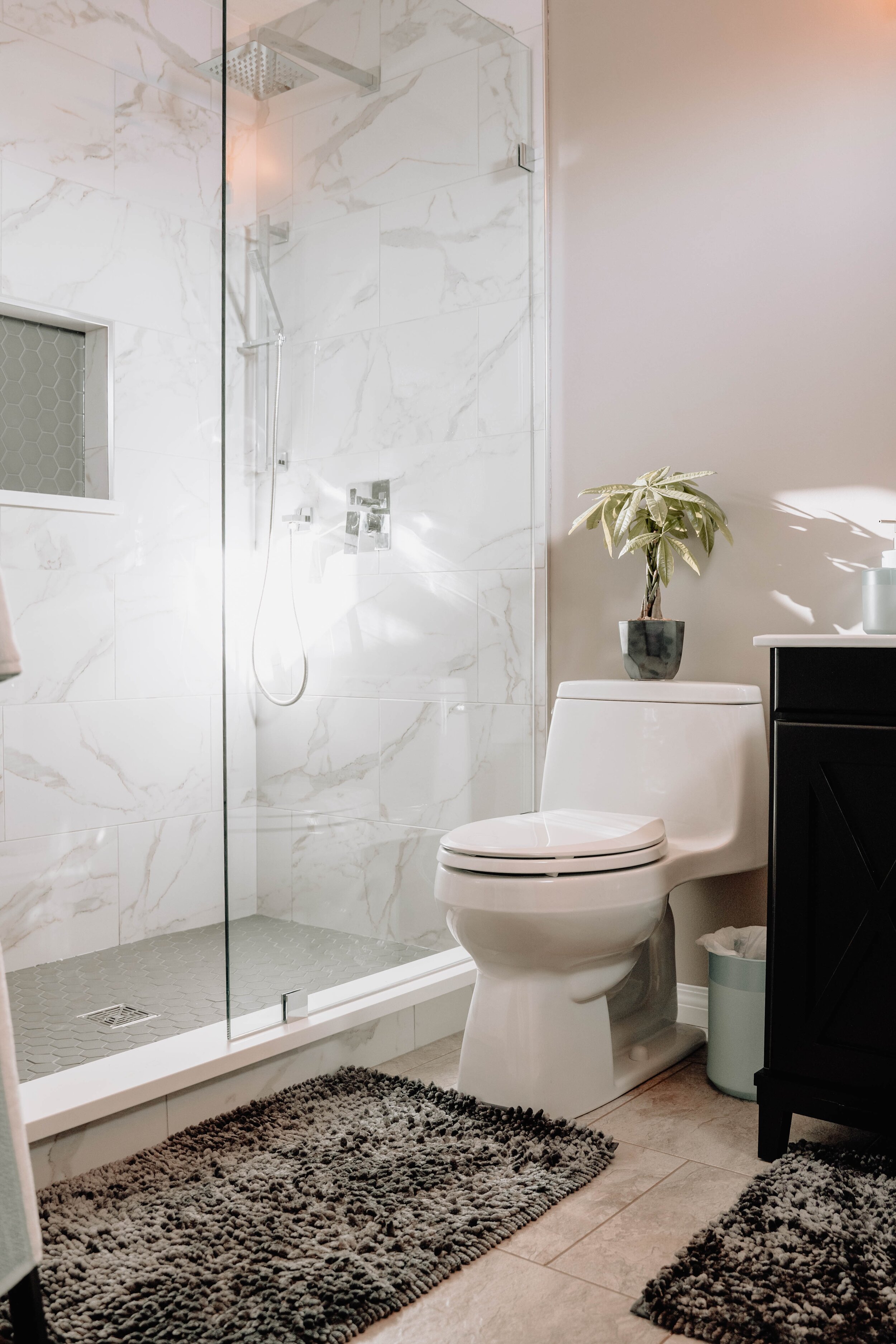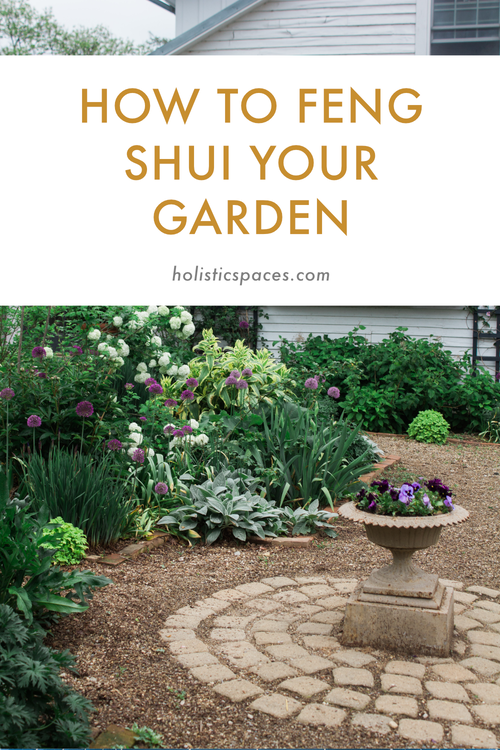Photo by 99.films on Unsplash
If you stand in the doorway of your home looking in, the far left corner will typically be related to Xun position, also called the wealth area or the abundance area of the feng shui bagua map. People often get very worried if there’s a bathroom in this area, because it can mean a drain on your resources, or a drain on your wealth and prosperity.
I also want you to keep in mind that this area is not just about money. It’s also about abundance in all areas of your life, as well as how you value yourself, so it is important to notice if there’s a bathroom in that area of your home.
If you do have a bathroom in the wealth area, the first thing you want to do is make sure your bagua is laid correctly. If you’re not sure, I encourage you to join one of Mindful Design’s Practical Feng Shui workshops. We have one almost every month, and when you join you get a quick feng shui reading, and we lay the bagua map on your home so you can see if you’ve done it correctly. Especially if you have an unusually shaped home, we recommend working with a trained practitioner who can lay the bagua accurately. In Practical Feng Shui, you can also ask a feng shui question and you’ll see eight other floor plans, so you learn a lot about how to lay the bagua map.
If your bathroom is indeed in the wealth position of your home, there are a couple of simple fixes you can do. The easiest is to put a mirror on the outside of the door, which energetically erases the bathroom from that area of your home. You can also put a plant in the bathroom to uplift the energy of the space. Ideally, a real plant is best. If you don’t have any natural light in your bathroom, you can also include artwork of green plants.
If you’d like to learn more about feng shui, check out Mindful Design Feng Shui School at: www.mindfuldesignschool.com







